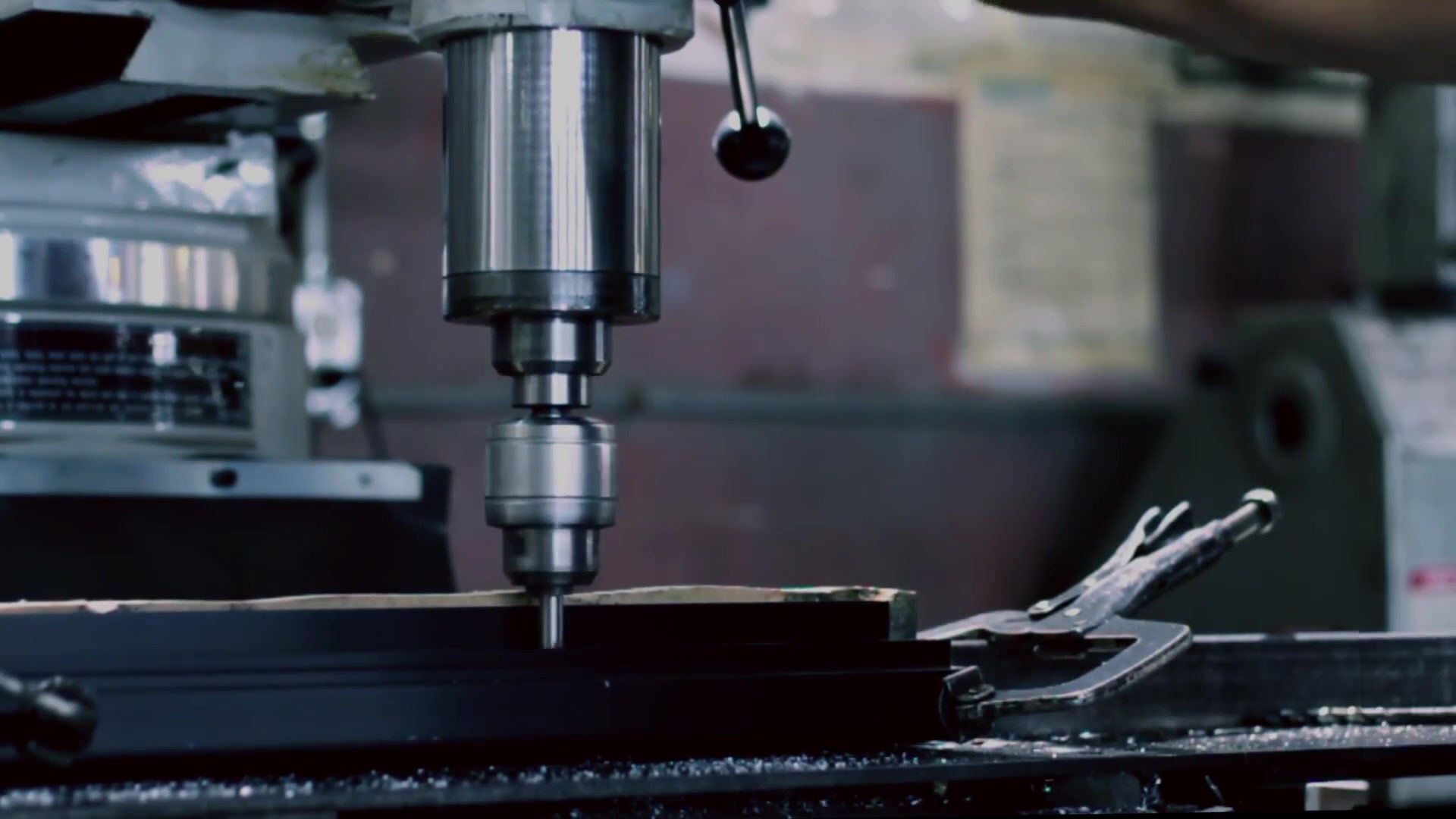


Global Custom Manufacturer, Integrator, Consolidator, Outsourcing Partner for a Wide Variety of Products & Services.
We are your one-stop source for manufacturing, fabrication, engineering, consolidation, integration, outsourcing of custom manufactured and off-shelf products & services. We also private label / white label your products with your brand name if you wish.
Choose your Language
-
Custom Manufacturing of Parts, Components, Assemblies, Finished Products, Machines and Industrial Equipment
-
Domestic & Global Contract Manufacturing
-
Manufacturing Outsourcing
-
Domestic, Global Procurement of Industrial Products
-
Private labeling / White Labeling your Products with your Brand Name
-
Product Finding & Locating Services
-
Global Design and Channel Partnership
-
Engineering Integration
-
Engineering Services
-
Global Consolidation, Warehousing, Logistics
A STORAGE DEVICE or also known as STORAGE MEDIUM is any computing hardware that is used for storing, porting and extracting data files and objects. Storage devices can hold and store information temporarily as well as permanently. They can be internal or external to a computer, to a server or to any similar computing device.
Our focus is on DISK ARRAY which is a hardware element that contains a large group of hard disk drives (HDDs). Disk arrrays may contain several disk drive trays and have architectures improving speed and increasing data protection. A storage controller runs the system, which coordinates activity within the unit. Disk arrays are the backbone of modern storage networking environments. A disk array is a DISK STORAGE SYSTEM which contains multiple disk drives and is differentiated from a disk enclosure, in that an array has cache memory and advanced functionality such as RAID and virtualization. RAID stands for Redundant Array of Inexpensive (or Independent) Disks and employs two or more drives to improve performance and fault tolerance. RAID enables the storage of data in multiple places to protect the data against corruption and to serve it to users faster.
Click on the blue highlighted text to download catalogs and brochures:
Private Label Flash Storage for Embedded Industrial Applications (We can put your name, logo, brand on these.........)
Dowload brochure for our DESIGN PARTNERSHIP PROGRAM
Components of a typical disk array include:
- Disk array controllers
- Cache memories
- Disk enclosures
- Power supplies
Generally disk arrays provide increased availability, resiliency and maintainability by using additional, redundant components such as controllers, power supplies, fans, etc., to the degree that all single points of failure are eliminated from the design. These components are most of the time hot-swappable.
Typically, disk arrays are divided into categories:
NETWORK ATTACHED STORAGE (NAS) ARRAYS : NAS is a dedicated file storage device that provides local-area network (LAN) users with centralized, consolidated disk storage through a standard Ethernet connection. Each NAS device is connected to the LAN as an independent network device and assigned an IP address. Its main advantage is that network storage is not limited to the storage capacity of a computing device or the number of disks in a local server. NAS products can generally hold enough disks to support RAID, and multiple NAS appliances can be attached to the network for storage expansion.
STORAGE AREA NETWORK (SAN) ARRAYS : They contain one or more disk arrays that function as the repository for the data which is moved in and out of the SAN. Storage arrays connect to the fabric layer with cables running from the devices in the fabric layer to the GBICs in the ports on the array. There are mainly two types of storage area network arrays, namely modular SAN arrays and monolithic SAN arrays. Both of them use built-in computer memory to speed up and cache access to slow disk drives. The two types use memory cache differently. Monolithic arrays generally have more cache memory compared to modular arrays.
1.) MODULAR SAN ARRAYS : These have fewer port connections, they store less data and connect to fewer servers compared to monolithic SAN arrays. They make it possible for the user such as small companies to start small with a few disk drives and to increase the number as storage needs grow. They have shelves for holding disk drives. If connected to only a few servers, modular SAN arrays can be very fast and offer companies a flexibility. Modular SAN arrays fit into standard 19” racks. They generally use two controllers with separate cache memory in each and mirror the cache between the controllers to prevent data loss.
2.) MONOLITHIC SAN ARRAYS : These are big collections of disk drives in data centers. They can store much more data compared to modular SAN arrays and generally connect to mainframes. Monolithic SAN arrays have many controllers that can share direct access to fast global memory cache. Monolithic arrays generally have more physical ports to connect to storage area networks. Thus more servers can use the array. Typically monolithic arrays are more valuable and have superior built-in redundancy and reliability.
UTILITY STORAGE ARRAYS : In utility storage service model, a provider offers storage capacity to individuals or organizations on a pay-per-use basis. This service model is also referred to as storage on demand. This facilitates efficient use of resources and reduces cost. This can be more cost effective to companies by eliminating the need to purchase, manage and maintain infrastructures that meet peak requirements which may be beyond the needed capacity limits.
STORAGE VIRTUALIZATION : This uses virtualization to enable better functionality and more advanced features in computer data storage systems. Storage virtualization is the apparent pooling of data from several same-type or different types of storage devices into what appears to be a single device managed from a central console. It helps storage administrators perform backup, archiving and recovery more easily and faster by overcoming the complexity of a storage area network (SAN). This can be achieved by implementing virtualization with software applications or using hardware and software hybrid appliances.


















